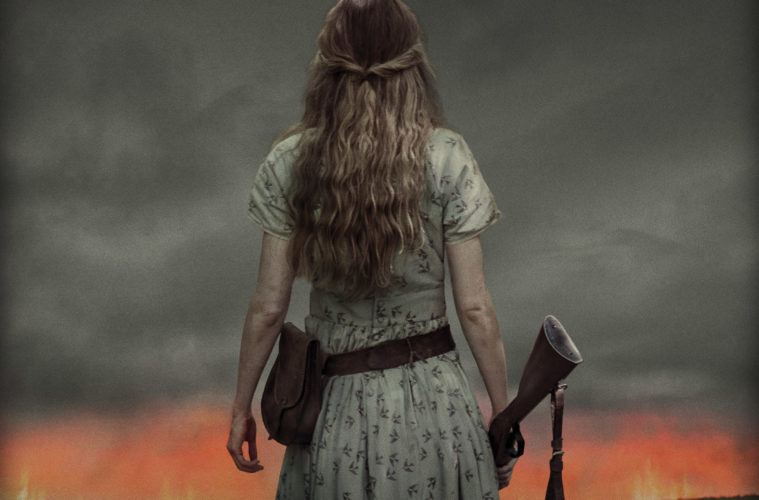Simply stated in the title cards of Daniel Barber‘s bleak and understated narrative, “War is cruelty.” And at the start of The Keeping Room, Barber spends little time getting to the needless and hateful violence of people all but removed from morals, and the gravity of their actions. Hardships and loneliness for women abound, and this film is but a small sampling of how vulnerable wives, daughters, and the like can be with a war on. Yet these women are hard and driven when their lives are at stake. There will always be pain and misery on the battlefield, but the same hardships can spill over and affect those left to fend for themselves in uncertain times.
While the talented cast is small, and the pace is anything but cinematic, The Keeping Room is a stunning film for what it sets out to do. Barber, from a Black List script penned by Julia Hart, tells a female-led story where three women, left nearly defenseless, survive the first in a series of marauding attacks at the end of the Civil War. They look after each other even though the tedium and haggard existence has a tendency to put them on edge, and at odds. However, the makeshift family comes closer as their home is threatened.

The film idles for a good chunk of the runtime, but that’s the point. Moreover, what makes Barber’s narrative gripping is that one feels the tension and uncertainty of the leads even when nothing noteworthy is happening. Much of the handmade production exists on writing and anticipation. There aren’t a great many instances like it in the film, but The Keeping Room shines thanks to exchanges between Brit Marling, Hailee Steinfeld and Muna Otaru as they share their fears of past and present times. That is when the story really becomes compelling — in fact, it’s borderline Tarantino-esque at times.
Sam Worthington is an odd casting choice for an indie project such as this (as Hollywood has been trying, to mixed results, to force him upon us as a leading man in blockbuster films) but when paired with Kyle Soller, both of their boyish looks belie their nefarious and murderous lusts. Equally two-faced and nebulous, the West Virginia setting also looks like a place lost in time, and is so isolated it really plays up the girls’ fears. There is just no way of knowing what dangers can come lurking through the tree line at any moment.

Not to be confused or associated with a Terrence Malick style of filmmaking, The Keeping Room does float in and out of conventional editing and exposition. While laconic in delivery, the message comes across clear and powerful, even in a setting far removed from our own. In a world of strip malls and smart phones it is almost impossible to think that this was the kind of life some led less than 200 years ago. Yet hardships exist today just as they did back then; in times of war, people, unaware of how long the strife will endure, can easily can lose focus and hope.
What is the most unnerving and profound is the ending. The women find themselves taking a step into a larger and more dangerous world. How they continue to do so is a mystery, but with each girl watching the others’ backs, they stand a strong chance on the epic journey they are about to take.
Barber’s film thrives on building tension, and so much so that when it finally breaks, it is fierce, unexpected, and does not pull its punches. That is, again, thanks in large part to the performances from Steinfeld, Otaru, and of course, Marling — rough and rugged, she shows a different, welcome side here. The three leads function well as one unit, and under Barker’s subdued and restrained direction, the old adage of less is more is, despite some monotonous stretches, effective here.
The Keeping Room arrives on Friday, September 25th.

